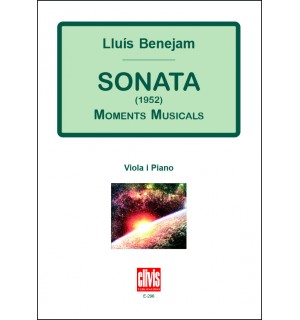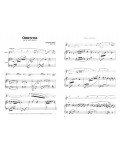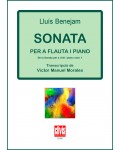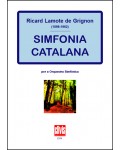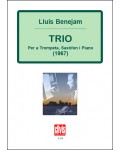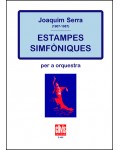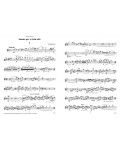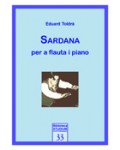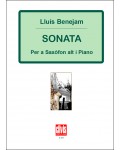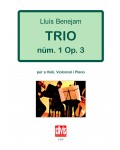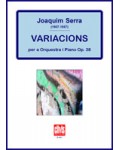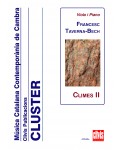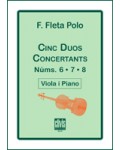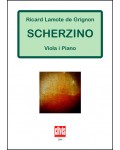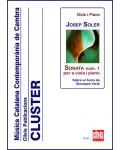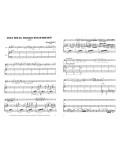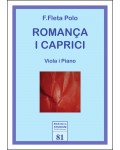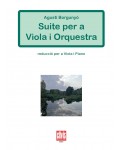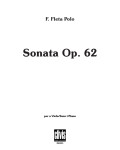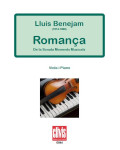
No products
Prices are tax included
Product successfully added to your shopping cart
There are 0 items in your cart. There is 1 item in your cart.
- English
- Castellano
- Català
Sonata (1952) Moments musicals
DE296
The Viola and Piano Sonata has a constant rhythmical impulse, a liking for long and wide melodies as well as chromatic accompaniments, counterpoint richness, impressionist touches, perfectionism in structure and the use of all the tessitura and different resources as well as sounds coming from the instruments, in this case stressing the use of the viola.
| Period | 20th c. |
| Subheading / Parts | Romança - Scherzo - III |
| Instruments | vla.pno. |
| Pages | 52 |
| Time | 16 min |
| Contents | Score and part |
| ISMN | 979-0-3502-0569-9 |
| Price of print edition | 18,72€ |
| Edition | Digital |
During his career Lluís Benejam composed five sonatas, all of them for a soloist instrument and piano. The first three were written for violin, viola and cello respectively during the fifties in Barcelona. The last two are also for violin (1959) and saxophone (1964) and he composed them in Birmingham and Alabama.
His Viola and Piano Sonata, subtitled Moments musicals (Musical moments) was composed in 1952, very soon after the first violin sonata, of the first quintet and of his first work for string orchestra. Even though these pieces launched his career as a composer, we cannot forget that Benejam was already 37 years old and already a very experienced interpreter as well as director. His deep knowledge of the instruments, especially string, quickly made interpreters accept and love his work. The basic features of his language can already be seen in this score: constant rhythmical impulse, a liking for long and wide melodies as well as chromatic accompaniments, counterpoint richness, impressionist touches, perfectionism in structure and the use of all the tessitura and different resources as well as sounds coming from the instruments, in this case stressing the use of the viola. This piece has three parts: an initial Romanza where the viola unfolds all its potential expressivity, a playful Scherzo where both interpreters are asked the maximum chamber coordination and a final movement which does not even lose one beat of this Mediterranean rhythm inherent in Benejam’s music, so characteristic of all his production.
David Puertas

